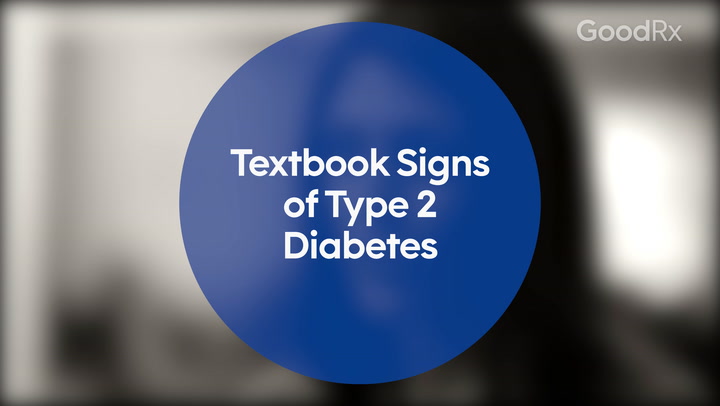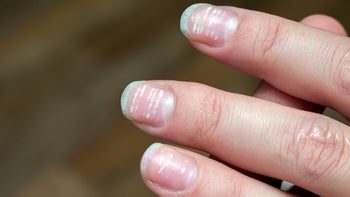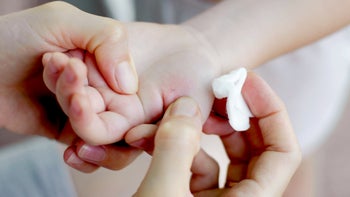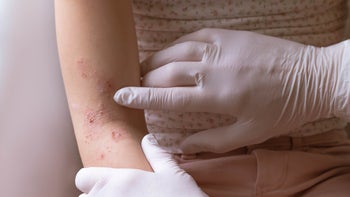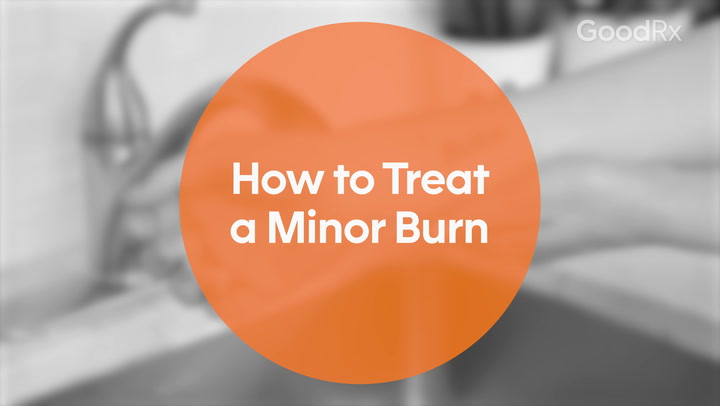
Aloe Vera for Sunburn: Does It Work?
Key takeaways:
Aloe vera is a succulent plant that has been used for centuries to treat sunburns.
There’s no clinical evidence to prove that aloe vera can help with sunburns. But it has cooling properties, which many people find soothing on burned skin. And it’s possible that aloe can help skin hold onto moisture, and speed up wound healing.
Avoid applying aloe vera to severe sunburns.
Some products that claim to contain aloe vera don’t actually contain it. So take precautions when choosing aloe sunburn gel or lotion. Or use aloe straight from the leaves of the aloe vera plant.

For thousands of years, people all over the world have used the aloe vera plant for their skin health, for everything from wound healing to beauty treatments. Today, it may be best known as a natural remedy for sunburns, and it’s a staple in many medicine cabinets for this reason. But what does aloe do for sunburn? Can it actually help heal the skin? Let’s take a look at the potential skin health benefits of aloe vera, and tips for using it to relieve a sunburn.
What is aloe vera?
The aloe vera plant is a thick, short-stemmed succulent shrub that grows flowers in yellow, red, or orange. Its fleshy leaves have jagged edges, and contain a slimy, clear gel. This gel is used in aloe vera skin ointments that you can buy at drugstores or health stores.
What does aloe do for sunburn?
Although aloe vera is widely used for sunburn healing, there’s no clinical evidence that directly proves that it can help with sunburns. But here’s what we know:
Aloe vera has a cooling effect. Its cooling property makes it a natural choice for soothing the pain of minor sunburns at home.
It may help the skin hold onto moisture. This is likely due to a substance in the plant called mucopolysaccharides.
It may speed up wound healing. One review found that using aloe vera on mild burns may speed healing time. But note that there have been different outcomes from different studies.
It has anti-inflammatory compounds. Aloe vera’s anti-inflammatory compounds may help prevent infection.
Search and compare options
Remember that these studies use high-quality, concentrated aloe, which may not be the type of aloe you find at your local pharmacy. Aloe products can vary widely (more on this below).
What are the different forms of aloe vera?
You can find aloe vera in different topical forms (applied directly to the skin). The two most common forms of aloe vera for sunburn are gel and lotion.
But not all aloe products sold in stores are authentic. A Bloomberg News investigation found that some skin products sold at Walmart, Target, and CVS that claimed to contain aloe vera did not actually contain it. Lab tests found that instead of aloe, the products contained a cheaper substitute called maltodextrin.
You can also use aloe gel directly from an aloe plant. You can buy aloe plants at your local grocery store, nursery, or home improvement store. Then you can use the aloe from inside the leaves. Some people prefer using aloe from a plant, since with store-bought aloe products, you don’t know if you’re getting the real thing.
How to use aloe vera for sunburns
Try applying a thin layer of aloe gel or lotion on the sunburned area throughout the day. You can also store the gel or lotion in the fridge to increase the product’s cooling effect on the skin.
If you’re using the aloe gel straight from the plant, here are some tips:
Aloe leaves are ready to harvest when the leaves are green and smooth with a slight rosy tint at the tips.
Start with the outermost layers of the plant, and focus on the largest leaves.
Slice open the leaves, and squeeze out the clear gel inside.
Gently tap a thin layer of gel onto the sunburned area.
What’s the best way to deal with sunburn pain? See how three people find comfort when treating their sunburn pain.
How can you prevent a scalp sunburn? Your scalp can get sunburned, just like other skin on your body. Wearing wide-brimmed hats and sunscreen powders or sprays can help.
Sunburn vs. sun poisoning: Sun poisoning can feel like a regular sunburn at first, but it’s more serious, and may require medical attention. Learn the difference.
Signs of skin cancer: Getting a sunburn can increase your risk of skin cancer. See pictures of what skin cancer looks like.
How to shop for aloe vera
Aloe vera gels and lotions are considered cosmetic products, not medications. This means the FDA doesn’t test them for quality or safety before they are marketed to the public. So here are some tips for finding safe, quality aloe products:
Make sure that pure aloe vera is listed among the first three items on the ingredient list. Items are listed by weight, so the top few ingredients named are those present in higher amounts.
Try finding products that contain certified organic aloe. Or choose products with a certification seal from the International Aloe Science Council.
Some products list aloe vera concentrations. Look for 95% potency or more.
If you’re choosing aloe vera gel over lotion, buy clear aloe gel. Green aloe vera gel contains artificial coloring.
Tips for relieving sunburn
Applying sunscreen before you go outside and avoiding excessive sun will help you avoid getting a sunburn in the first place. But mistakes happen, like napping too long on the beach or not applying enough sunscreen. These things can increase your risk of sunburn, premature aging, and skin cancer. While you can’t make a sunburn disappear, you can try these methods to help soothe a sunburn and ease discomfort as your skin heals:
Stay hydrated. A sunburn brings fluid to the surface of your skin and away from the rest of your body. This can cause dehydration. Drinking plenty of water will help keep you hydrated. Other drinks — like coconut water — and hydrating foods can also contribute to your hydration.
Take cool showers and baths to ease pain. Cool water helps reduce blood flow to the skin, which can help temporarily relieve pain and redness. You can even try a cool oatmeal bath, which may help soothe inflammation.
Use soy-based lotions. Studies suggest that consuming soy foods or using soy extracts on the skin may increase skin hydration. This can help ease sunburn pain. And soybean oil may help with skin healing, since it locks moisture into the skin.
Apply moisturizer. Moisturize your skin as needed to keep it healthy and comfortable. Look for products that are fragrance free, since added fragrance can irritate a sunburn. It’s best to apply moisturizer after showering or bathing while the skin is still damp.
Take over-the-counter (OTC) medications. Pain relievers like ibuprofen and aspirin can help reduce pain and inflammation from a sunburn. You can take the lowest recommended dose for 2 to 3 days to help with the discomfort.
Protect your skin while it heals. Wear loose fabrics, and limit further sun exposure.
Read more like this
Explore these related articles, suggested for readers like you.
Ingredients to avoid
While healing from a sunburn, there are some ingredients you should avoid, including:
Petroleum jelly: Petroleum jelly (petrolatum) such as Vaseline or Aquaphor can be useful for treating dry skin. But you shouldn’t use it on a sunburn since it can block pores and prevent heat and sweat from escaping. This can slow healing and lead to a skin infection.
Benzocaine or lidocaine: Sprays and other products containing these ingredients can provide temporary pain relief for some skin conditions. But they can irritate a sunburn.
You should also avoid:
Placing ice directly on burns, since it can cause more damage to sunburned skin.
Showering or bathing in hot water, which can worsen symptoms
If you have a severe sunburn, you shouldn’t use aloe vera. Symptoms of a severe sunburn can include:
Blisters
Dehydration
Chills
Fever
Nausea and/or vomiting
In cases of severe sunburn, it’s a good idea to see your primary care provider.
Frequently asked questions
Cool compresses on the skin can soothe a sunburn by temporarily reducing blood flow to the skin. Some people use a compress dampened with a 50-50 solution of white vinegar and cool water. It’s possible that the acetic acid in vinegar may help decrease the swelling, itching, and pain associated with a sunburn. You can also use OTC pain relievers for a few days to reduce pain and inflammation. Finally, you can use 1% nonprescription hydrocortisone cream on the affected area to help reduce swelling and redness.
Some people are sensitive or allergic to aloe, and may experience a burning sensation when they apply it to their skin. In other cases, aloe can burn because it’s irritating damaged skin. And it’s important to note that many aloe vera products contain additional ingredients. In some cases, those ingredients — not the aloe itself — can cause irritation. Try using pure aloe vera gel from the leaves of an aloe vera plant. And be sure to check product labels. This can help you narrow down what might be causing a reaction.
Some experts suggest that the anti-inflammatory effects of witch hazel can help sunburn pain. But research for this claim is limited. And some witch hazel contains alcohol, which can dry out or irritate sunburned skin. For these reasons, aloe is a better choice for sunburn relief.
The bottom line
Aloe vera has been used medicinally for thousands of years — and it’s especially popular as a soother for sunburns. Its cooling properties, ability to help skin retain moisture, and wound healing effects may all play a role. But some drugstore aloe products that claim to contain aloe vera don’t actually contain it. So if you want to be sure you’re getting pure aloe vera, you can use the gel from the leaves of an aloe vera plant. Remember, the best thing you can do is avoid sunburns in the first place. Use sunscreen daily and limit your time in the sun.
Why trust our experts?



References
Dada, M., et al. (2024). Aloe vera hydrogel for supercooling applications: A review. Discover Materials.
Drugs.com. (2025). Can hydrocortisone cream be used on sunburn?
Fam, V. W., et al. (2022). Plant-based foods for skin health: A narrative review. Journal of the Academy of Nutrition and Dietetics.
Ferreira, M., et al. (2007). Allergic contact dermatitis to aloe vera. Contact Dermatitis.
Hekmatpou, D., et al. (2019). The effect of aloe vera clinical trials on prevention and healing of skin wound: A systematic review. Iranian Journal of Medical Sciences.
Lin, T., et al. (2017). Anti-inflammatory and skin barrier repair effects of topical application of some plant oils. International Journal of Molecular Sciences.
Ludmann, P., et al. (2024). How to treat sunburn. American Academy of Dermatology Association.
Maenthaisong, R., et al. (2007). The efficacy of aloe vera used for burn wound healing: A systematic review. Burns.
Mulvany, L., et al. (2016). No evidence of aloe vera found in the aloe vera at Wal-Mart, CVS. Bloomberg.
National Center for Complementary and Integrative Health. (2025). Aloe vera. National Institutes of Health.
Rapaport Dermatology of Beverly Hills. (n.d.). Should I use witch hazel?
Sánchez, M., et al. (2020). Pharmacological update properties of aloe vera and its major active constituents. Molecules.
Surjushe, A., et al. (2008). Aloe vera: A short review. Indian Journal of Dermatology.
The International Aloe Science Council. (n.d.). Certification.










